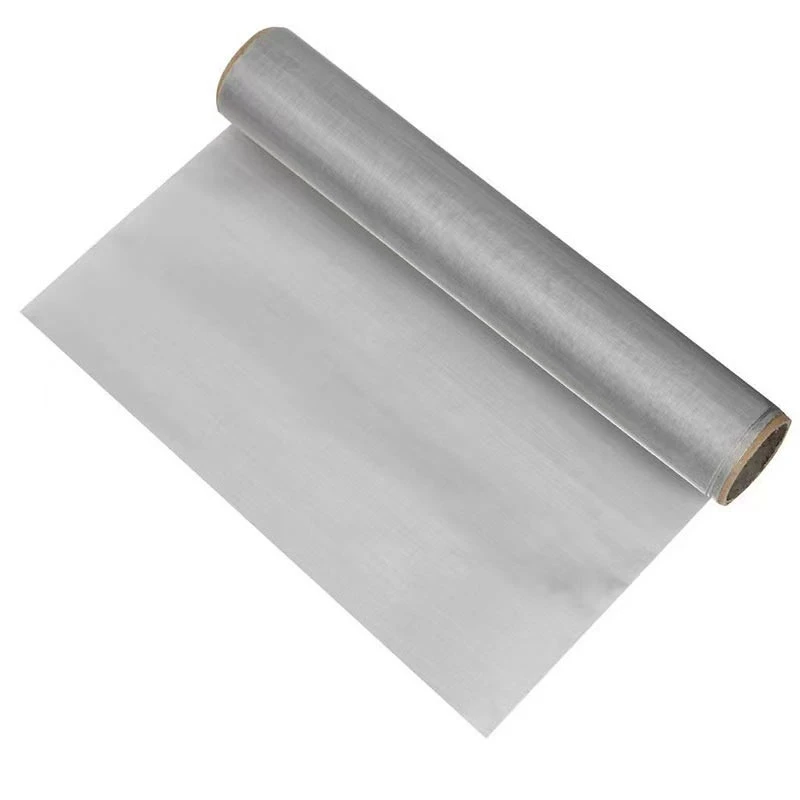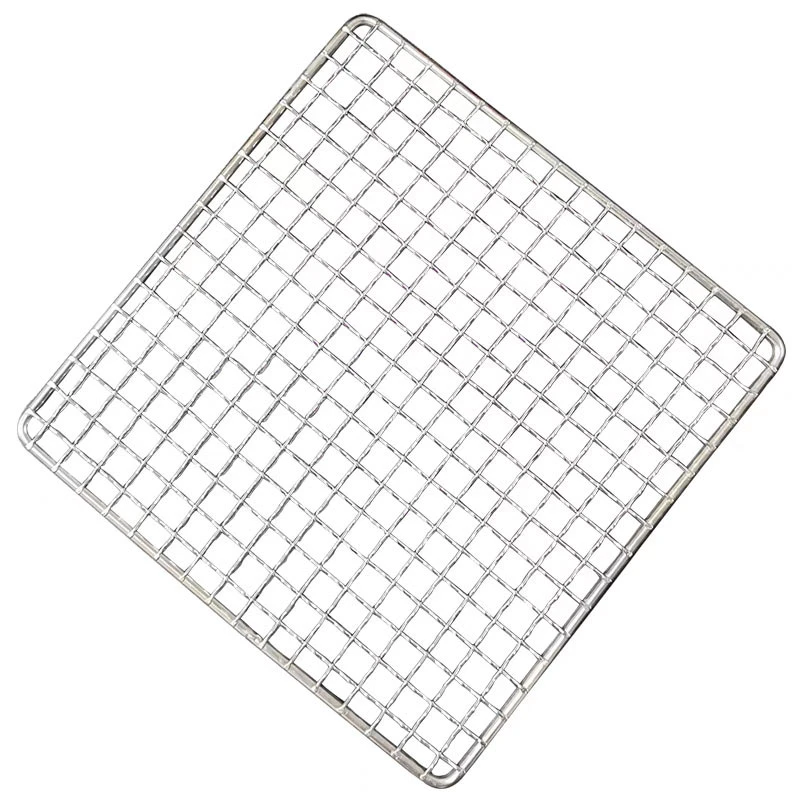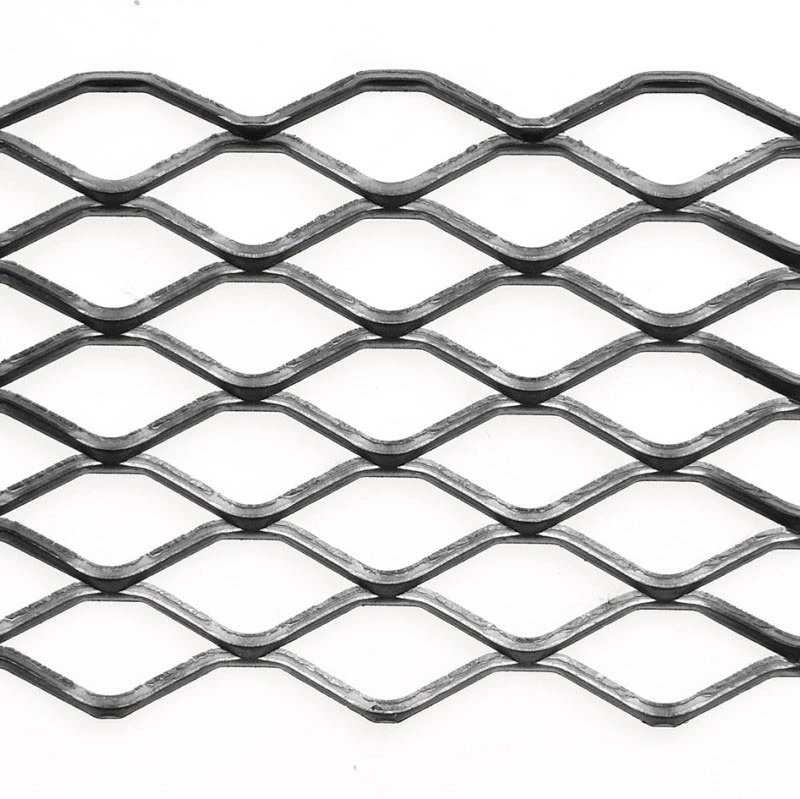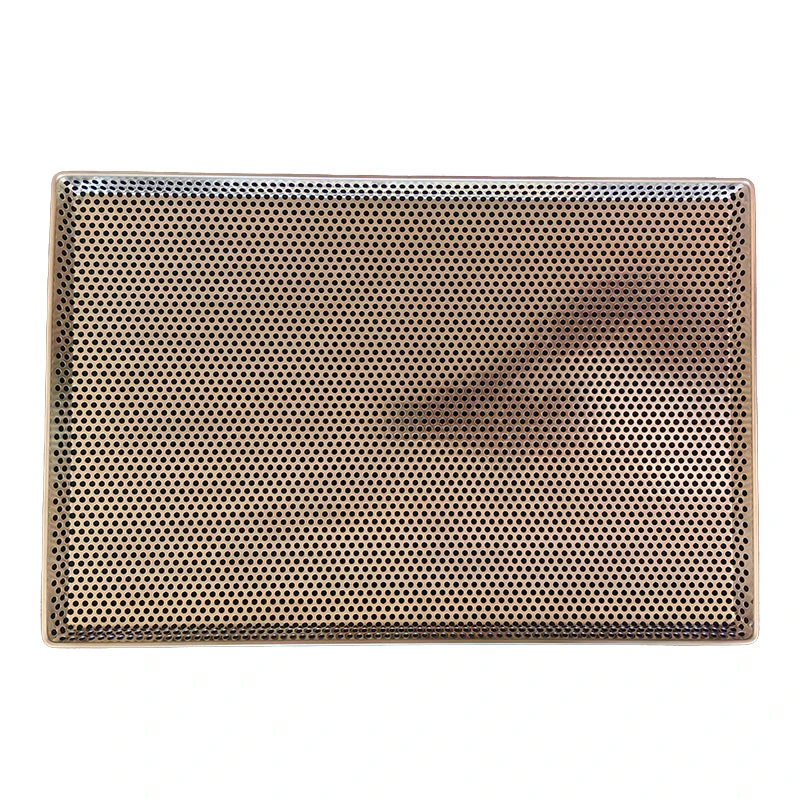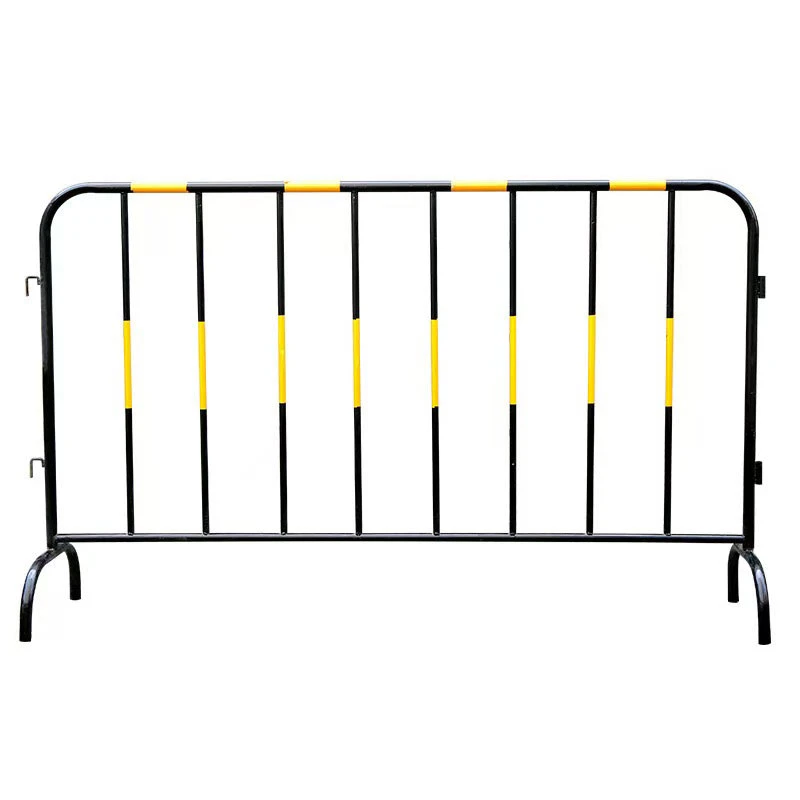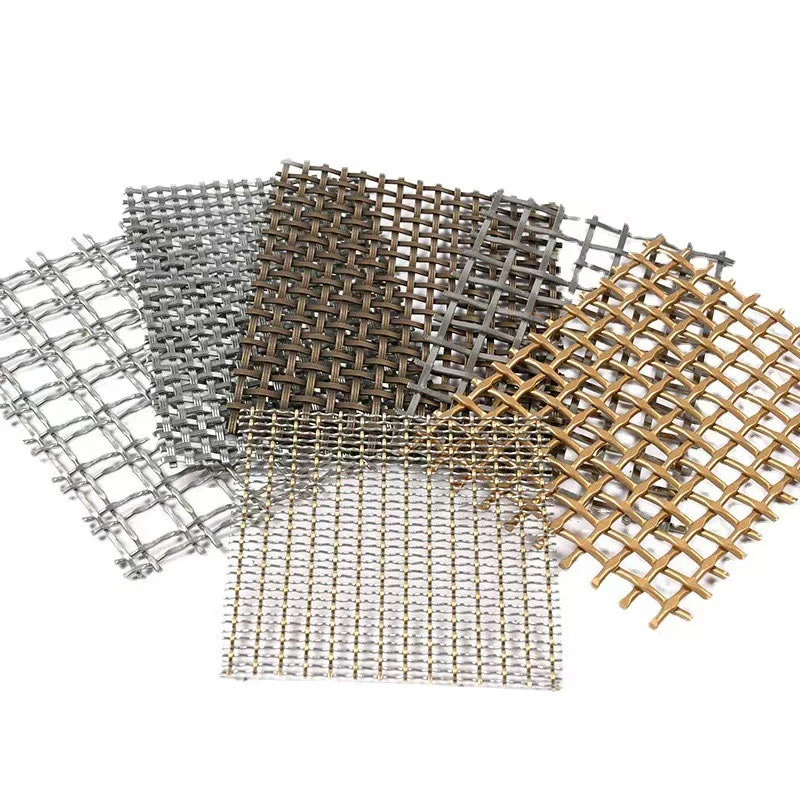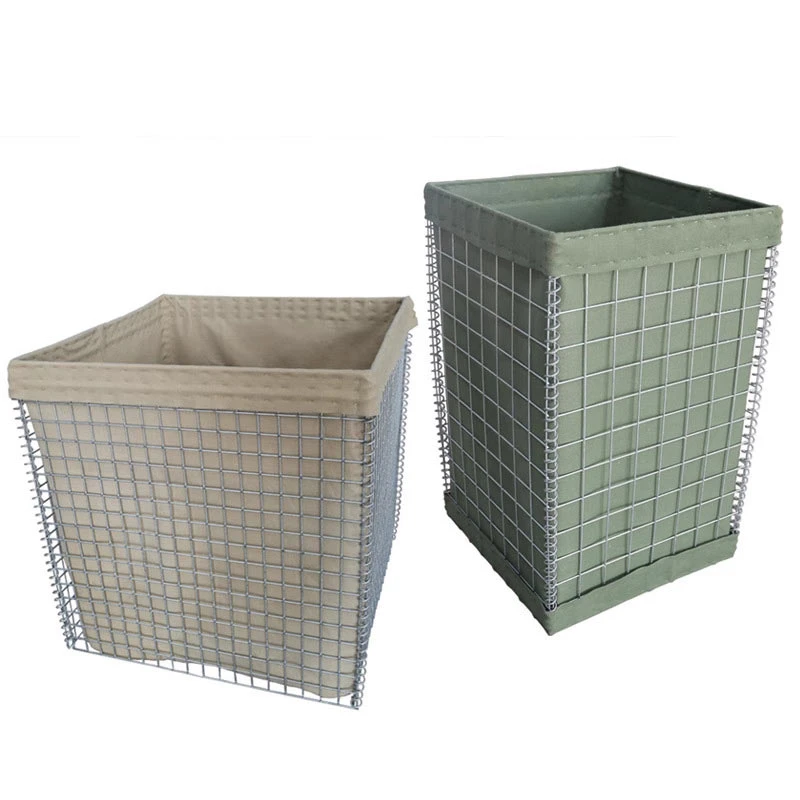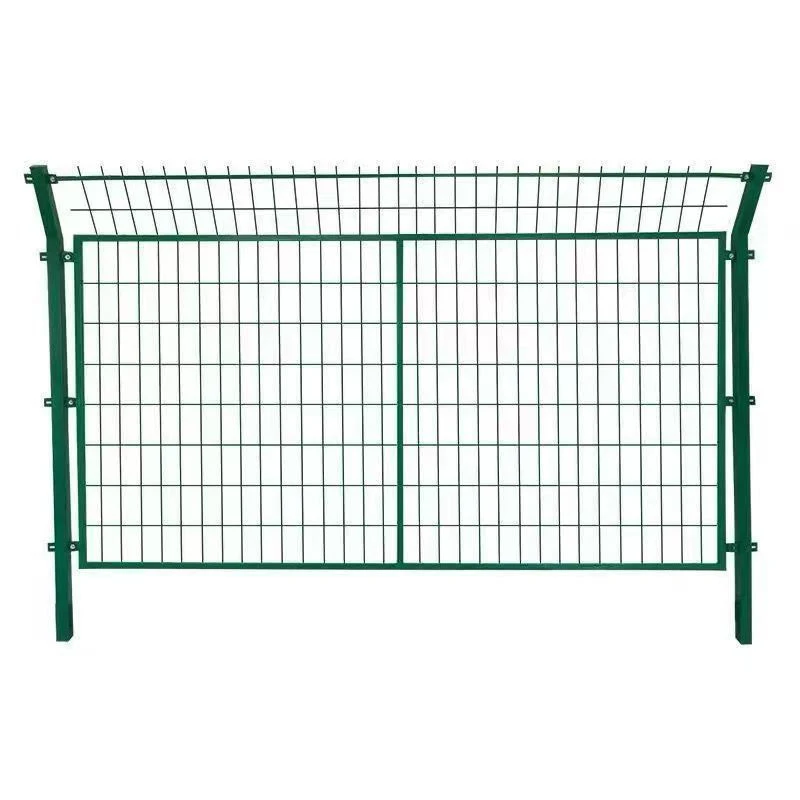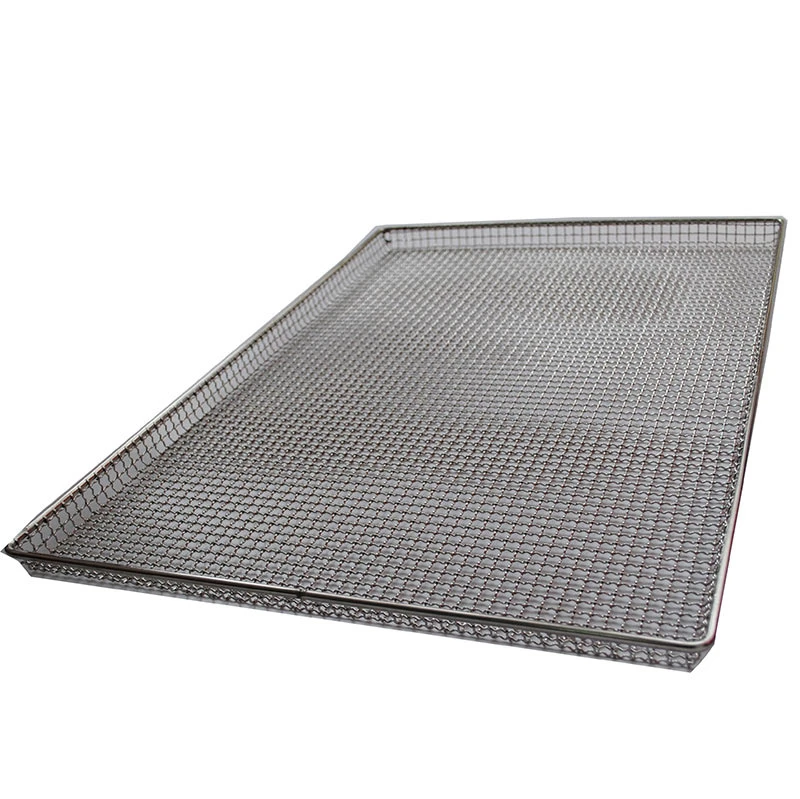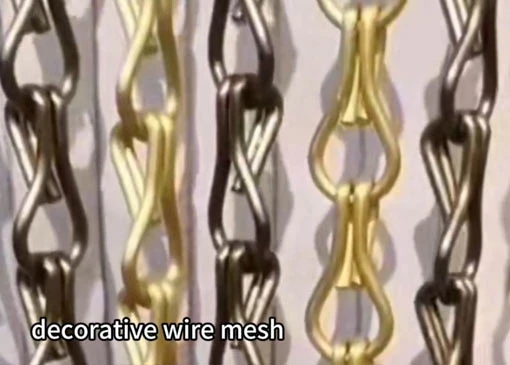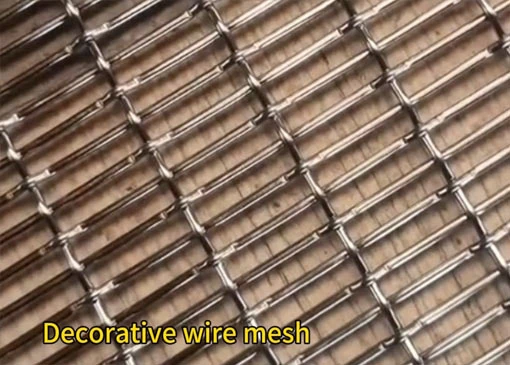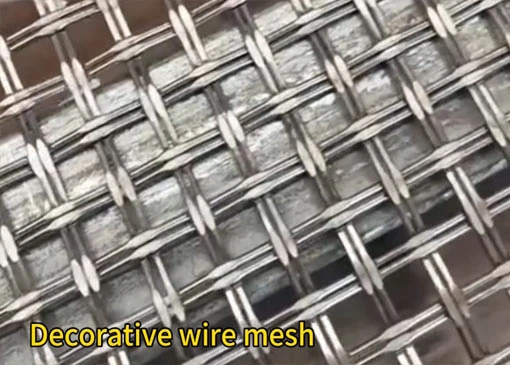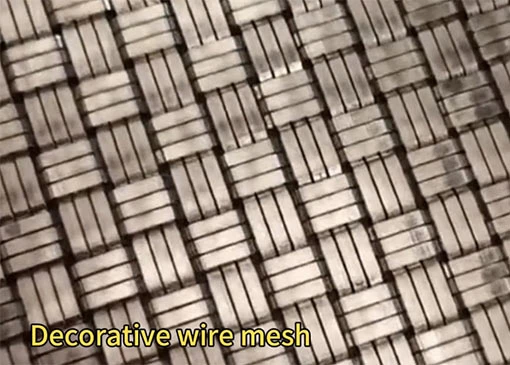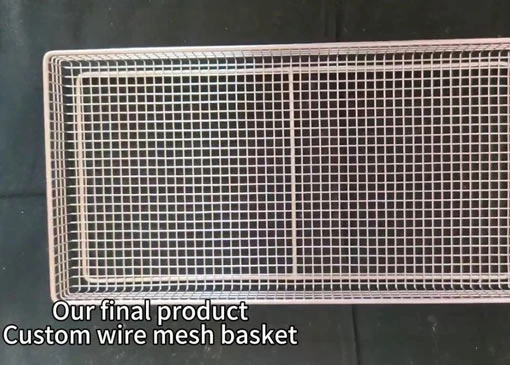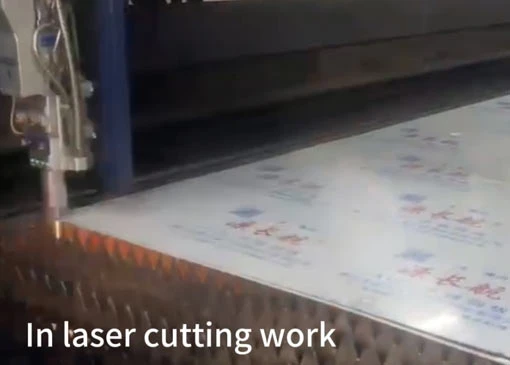Decorative wire mesh is a versatile material used to enhance both the aesthetics and functionality of interior and exterior spaces. Whether you're designing a modern home, a commercial building, or a custom furniture piece, decorative wire mesh offers a stylish solution that combines strength, texture, and transparency. Here's a practical guide on how to effectively use decorative wire mesh in different applications.
1. Architectural Cladding and Facades
Use: Install decorative wire mesh on building exteriors as a cladding material to add texture, improve sun shading, or create privacy screens.How to Do It:- Choose a durable material like stainless steel or powder-coated aluminum.
- Attach the mesh to the building using tensioned frames or brackets.
- Consider using backlighting for dramatic nighttime effects.
- Select patterns (e.g., woven, welded, crimped) that complement the building's design.
2. Interior Partitions and Dividers
Use: Create semi-private zones in open-plan layouts using mesh partitions in offices, restaurants, or lofts.How to Do It:- Mount the mesh inside metal or wood frames.
- Use floor-to-ceiling mesh panels for a dramatic, airy effect.
- Combine with glass or fabric for a layered design.
3. Cabinet Doors and Inserts
Use: Replace solid panels in cabinets with wire mesh for ventilation and style in kitchens, wine cellars, and display units.How to Do It:- Cut the mesh to fit cabinet door frames.
- Secure it using staples, screws, or metal clips.
- Choose from finishes like brass, bronze, or matte black depending on your theme.
4. Ceilings and Lighting Designs
Use: Install mesh on ceilings to conceal pipes or ducts, or use it as a base for integrated lighting systems.How to Do It:- Hang mesh panels from the ceiling grid.
- Add recessed or track lighting above or behind the mesh.
- For decorative fixtures, wrap mesh around light bulbs or chandeliers.
5. Railing Infill and Stair Panels
Use: Insert decorative wire mesh between railing posts on stairs, balconies, or decks.How to Do It:- Choose mesh with an appropriate gauge and spacing for safety.
- Secure it within a steel, aluminum, or wood frame.
- Ensure the installation meets local building codes.
6. Wall Panels and Art Features
Use: Use mesh as a stand-alone feature wall or backdrop in living rooms, lobbies, or retail displays.How to Do It:- Mount mesh over colored panels, wood, or concrete.
- Add lighting behind the mesh for visual depth.
- Consider laser-cut mesh with custom patterns or logos.
7. Furniture Design
Use: Incorporate mesh into custom furniture like shelving, coffee tables, chairs, or wardrobes.How to Do It:- Weld or screw mesh panels into wood or metal frames.
- Use fine mesh for subtle accents or coarse mesh for bold contrast.

